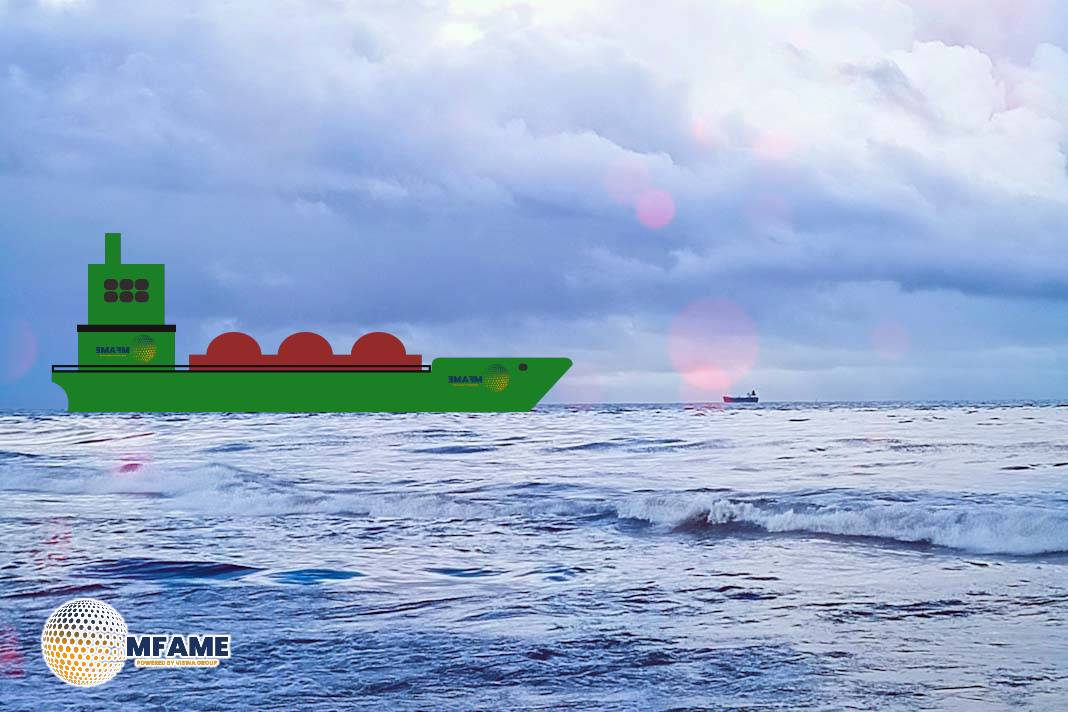- FuelEU Maritime and IMO’s Net-Zero Framework are set to overlap, creating dual compliance requirements.
- Shipowners face potential cost surges due to parallel GHG emission rules and credit schemes.
- Strategic fuel planning and early regulatory alignment are key to minimizing long-term financial impact.
As the global maritime sector accelerates its push toward decarbonization, shipowners now face a complex challenge: navigating two overlapping regulatory frameworks—FuelEU Maritime and the International Maritime Organization’s (IMO) upcoming Net-Zero Framework (IMONZF), reports Lloyd’s Register.
While both aim to drastically reduce greenhouse gas (GHG) emissions, their simultaneous implementation risks creating a double compliance burden, significantly increasing operational costs and regulatory complexity.
IMO Net-Zero Framework: A Global Mandate
The IMO’s Net-Zero Framework, agreed upon in April 2025, introduces a global GHG reduction roadmap that will apply to ships over 5,000 gross tonnage. This includes limits on greenhouse gas fuel intensity (GFI), the use of tradable “Remedial Units,” and the launch of the IMO Net-Zero Fund to finance innovation and support developing nations. The framework is expected to be adopted later this year, entering into force by 2027, with enforcement beginning in 2028.
FuelEU Maritime, already in effect since January 2025, sets GHG intensity thresholds for ships calling at EU ports. It takes a well-to-wake approach to emissions measurement and includes mandates for onshore power supply (OPS) and incentives for renewable fuels of non-biological origin (RFNBOs). With compliance mechanisms extending through 2050 and options like emissions pooling, FuelEU offers a robust and region-specific regulatory structure.
Similar Goals, Different Paths
Although both frameworks aim for decarbonization, there are key differences in scope and ambition. FuelEU Maritime mandates OPS and RFNBO usage—areas not yet covered by the IMO framework. Moreover, FuelEU provides a compliance roadmap through 2050, while the IMO has defined its targets only until 2035. The frameworks also diverge in their compliance mechanisms: FuelEU uses pooling and incentives, whereas IMONZF emphasizes emissions pricing and credit trading via Remedial Units.
Maintaining compliance with both regimes could result in substantial financial burdens. Analytical models using a conventional vessel powered by low-sulfur fuel oil suggest that the IMO’s penalties will dominate in the short term. However, from 2045 onwards, FuelEU’s increasingly strict penalties may overtake those of IMONZF. Unless harmonization occurs, shipowners may face cumulative costs that could strain budgets and deter investment in green upgrades.
Mitigating the Dual Burden
Shipowners are advised to act early by aligning fuel strategies, voyage planning, and compliance modeling to accommodate both regulatory systems. Embracing fuel diversification—such as LNG, methanol, ammonia, OPS, and RFNBOs—can build operational flexibility. Financial forecasting tools and advisory services will be vital in optimizing credit positions, emissions profiles, and compliance margins.
There is cautious optimism that FuelEU may eventually adjust to align with the IMO’s Net-Zero Framework once it is officially adopted. A harmonized global system would reduce duplicative efforts and ease compliance burdens for shipowners operating across multiple jurisdictions. However, until that alignment is achieved, the industry must navigate a complex period of dual regulation.
Strategic Action Now, Simpler Future Ahead?
The parallel rise of FuelEU Maritime and the IMO Net-Zero Framework signals a turning point for maritime sustainability. While the shared goal of a cleaner industry is laudable, the lack of regulatory alignment could lead to unnecessary duplication, confusion, and cost escalation. By taking proactive steps now, shipowners can not only avoid penalties but also position themselves as leaders in a transforming global maritime economy.
Did you subscribe to our daily Newsletter?
It’s Free Click here to Subscribe!
Source: Lloyd’s Register
















